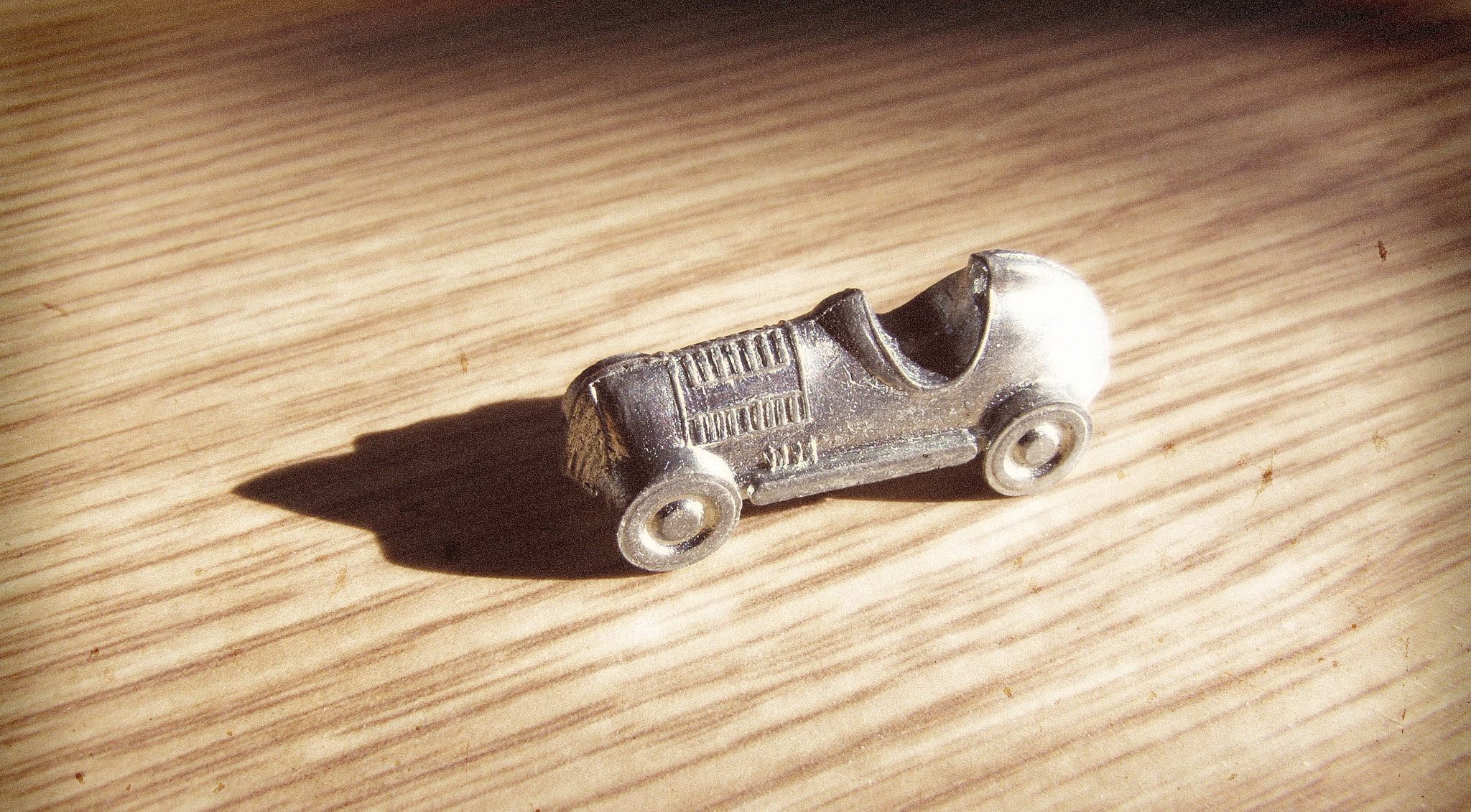WARNING: This post contains math.
My car was hit the other day. We got a freak snow storm here in normally-rainy Portland, and people do not know how to handle driving in this weather. (To be fair, Oregon doesn’t salt the roads after a snow storm. This feels slightly insane to me, but I guess I’m still new here.)
Anyway, with such slippery conditions, it’s maybe not all that surprising that I walked out to my car and saw that the back bumper had been pushed in, paint scraped, and the plastic piece under the car (what is that thing called, anyway?) was cracked.

Luckily I had good car insurance. Unluckily, I still had a deductible to pay. And since this damage repair exceeded the deductible, it got me thinking about deductibles and how it’s a decision we all make that may not get enough scrutiny.
So let us scrutinize.
Table of Contents
Risk transferring for fun and profit
At its most basic, insurance is a plan designed to transfer risk. Without insurance, you take on all of the risk of something happening to your life/property and those of others. With insurance, you transfer that risk to the insurance company.
A deductible in an insurance plan is the amount that you cover “out of pocket” before insurance will pick up the rest (or most of the rest). So, in a sense, the deductible is a plan designed to transfer some of the risk from the insurance company back to you.
You can see why an insurance company would do this. With a 100% coverage plan and no deductible, every little thing would be covered, which might make you more likely to file claims. If you have a minimum out-of-pocket expense, it’s going to reduce discretionary claims.
Most insurance plans come with a deductible. I actually think that’s a good thing.
(Note that I’m going to specifically be referring to auto insurance here, but the same ideas will apply to many different products.)
Lower or higher?
You might think that you would want as low a deductible as possible. I mean, the lower the deductible, the less out of pocket you have to pay per incident. Sounds good all around, right?
The problem is that decreasing your deductible increases your premium, or the amount of money you need to pay for the insurance itself. So there is a tension between deductible and premium.
Most of the time when signing up for an insurance product, you have a choice of deductibles, each with its own premium. How do you choose?
First of all, as a general rule, I recommend getting the highest possible deductible you can reasonably afford. But the details matter too.
First, let’s start with an example. Let’s say you’re debating between a $250 deductible and a $500 deductible. Let say going with the higher deductible would save you $25 in premiums per year. (These are not real figures, by the way.) Is that a good deal?
With a $25/year savings and a $250 difference in deductible, you’d need to go 10 years without a major deductible-hitting incident in order to “make up” the difference in the extra deductible. That doesn’t sound great to me, even for the best drivers.
But, if you’d save $100 per year instead of $25, then you’d need to go 2.5 years without a deductible-hitting incident to make it worth it. On balance, that seems like an option I’d take.
Your equation
Now let’s talk about the general case, and use equations to make things easy. In general, it is advisable to choose a higher deductible over a lower one when the following inequality holds:

If the inequality doesn’t hold, choose the lower deductible.
How do you know how many years you’d have to go before having an accident? Well, you don’t really; that’s the risky part. You just see how much the savings would be and see make your best guess if it’s worth it.
I have a $500 deductible (for collision in this case). I originally asked for a higher deductible, but my insurance person said not to bother, because a $1,000 deductible would only save me about $10/year. Using the equation:

Even a perfect driver is going to hit the deductible at some point in 50 years. So it made the most sense to choose the $500 (lower) deductible.
Revisit your deductible
If you own a car, it’s probably time to revisit your car insurance, specifically your premiums. You might be paying too much in premiums, or you might be setting yourself up for too much risk in deductibles. I would take some time, contact your insurance company, and see what your options are. Use the equation above to help you find the optimal result.
And in the meantime, drive safely!
But enough about me. How did you choose your deductible?


